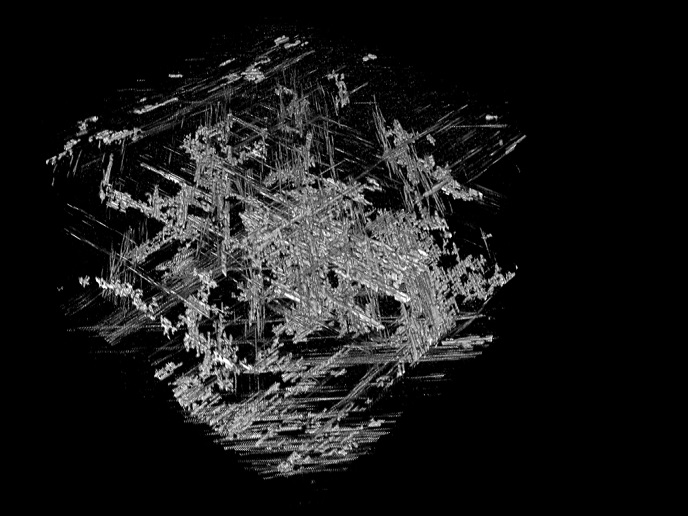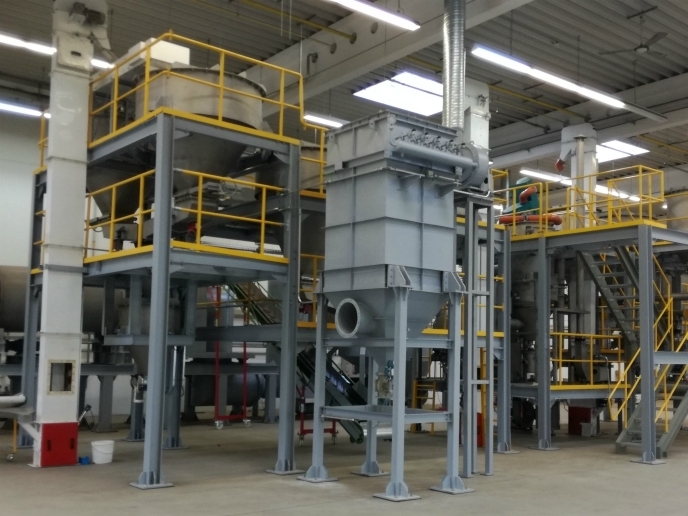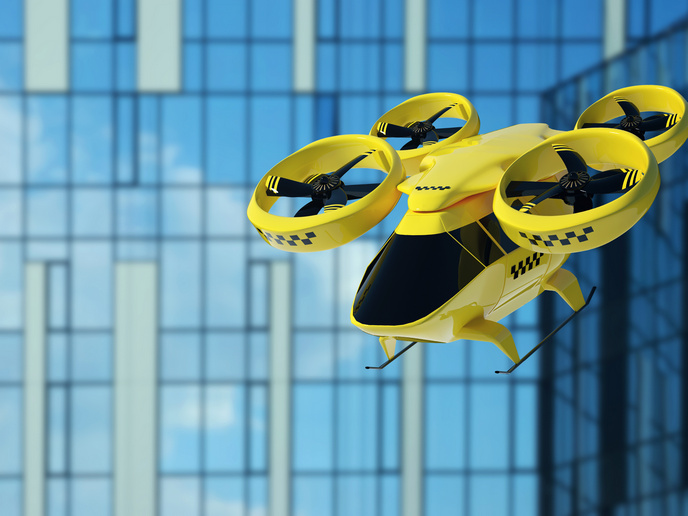A recipe for success turns composites manufacturing into a piece of cake
Manufacturing a part that meets specifications requires detailed knowledge of the processing parameters, the materials, and the behaviour of the materials during processing. Simulations are fundamental to successful delivery of high-quality components. Complex carbon fibre-reinforced plastic or polymer (CFRP) composites are a prime example, yet process simulation tools are lacking. The latest generation of medium- and long-range passenger aircraft consists of 50 % or more composites by weight. The EU-funded TRANSITION project has filled the critical need for process simulation, taking the guesswork and ‘rework’ out of CFRP composite manufacturing. It promises to enhance the competitiveness, not only of the European aerospace industry, but of any sector that relies on CFRPs.
It gets complicated in there
CFRP is a composite consisting of lightweight and high-strength carbon fibres embedded in a matrix, typically a polymer resin. These carbon fibre layers pre-impregnated with resin (prepregs) are widely used in aeronautical applications. Prepregs are layered in a mould and then cured in an autoclave. Extreme pressure provides mechanical force to remove trapped air and volatile materials, and very high temperature initiates cross-linking to form a rigid matrix. According to Dennis Bublitz, TRANSITION coordinator and chair of carbon composites at the Technical University of Munich: “The inherent variability in the manufacturing process leads to variations in the final part’s quality, like uneven part compaction and porosity, increasing the risk of rejection. TRANSITION set out to meet these challenges by developing a process simulation tool to be introduced early in the design phase.”
Shining light into the black box
Models simulate real-life scenarios and predict potential outcomes based on inputs. To do that well, they require extensive experimental data from numerous similar scenarios on which to base predictions. TRANSITION’s experiments provided invaluable insight into factors influencing the porosity of materials subjected to various processing conditions, via micrographs and high-resolution micro-computerised tomography scans, or micro-CT scans. Scientists also developed and implemented a new methodology to measure pressure between the prepreg and the tool in the autoclave. As a result, the numerical process simulation tool implemented using the commercially available finite element (FE) software ABAQUS effectively describes compaction behaviour and calculates porosity. Bublitz summarises: “The model successfully predicted the thickness distribution after curing in the autoclave. Moreover, the distribution of the remaining porosity was predicted qualitatively. Therefore, the simulation results can be used to identify critical regions with high porosity in manufactured parts. Finally, the tool enables optimisation of the curing process in early design stages to achieve high quality parts, reducing development time and cost.” TRANSITION has filled an important need with its FE-based simulation tool for complex autoclave processing. The methodology was presented at the 2017 Composites and Advanced Materials Expo and the tool is integrated into courses at the Technical University of Munich to expose students to practical applications. Bublitz concludes: “TRANSITION’s process simulation tool facilitates cost- and time-efficient design of prepreg parts for autoclave manufacturing. By reducing ‘trials’ and rejection rates, the tool also minimises energy-intensive autoclave use and enhances manufacturing sustainability.” The tool should also spur innovation, free now of the cumbersome shackles of the trial-and-error process.
Keywords
TRANSITION, composite, process simulation, porosity, CFRP, prepreg, carbon fibre, aerospace, compaction, ABAQUS







